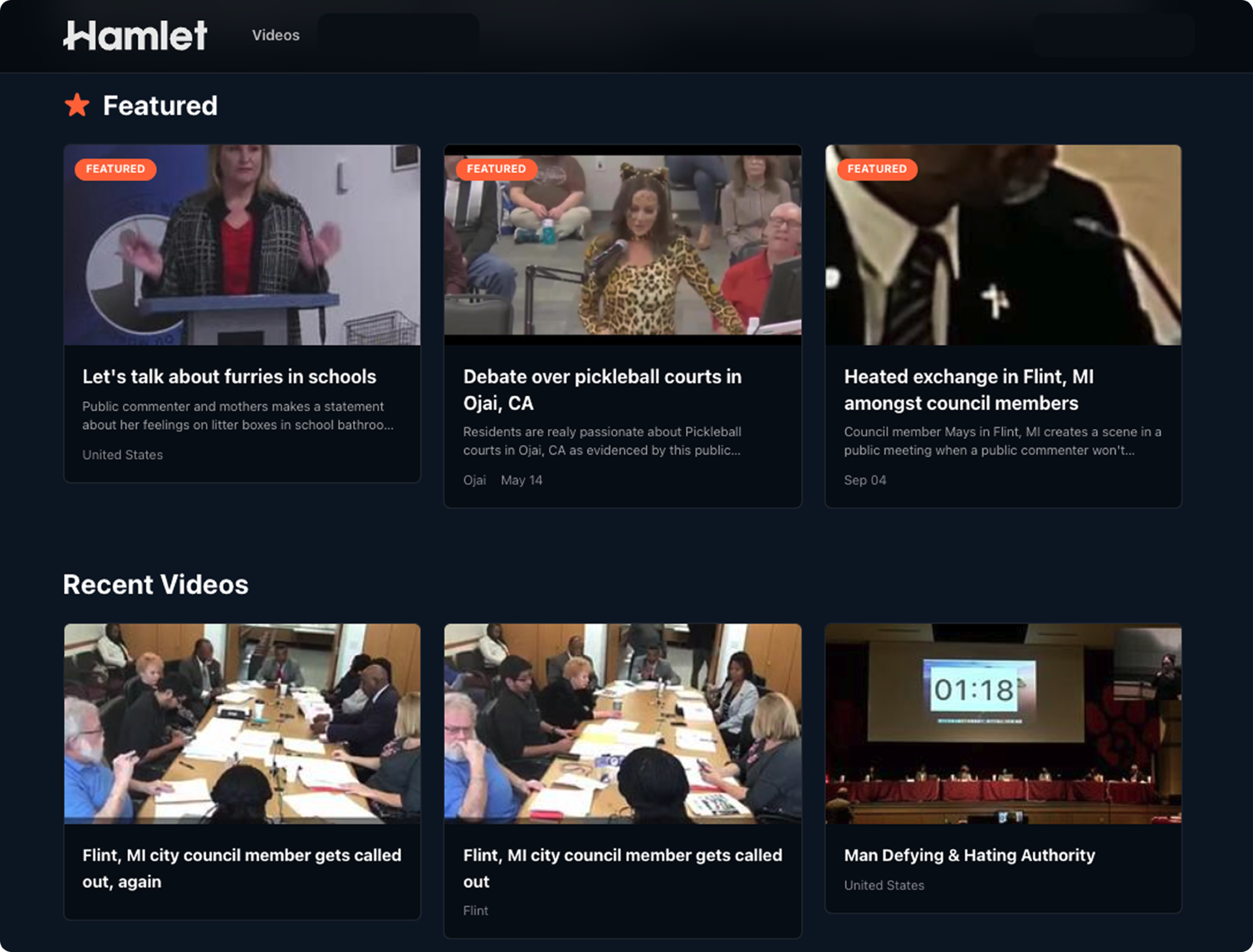
Apple is reportedly charting a course for a significant expansion of its iPhone’s satellite capabilities, moving beyond its initial emergency communication offerings to embrace a broader spectrum of everyday uses. Recent reports indicate that the technology giant is developing advanced features, including an application programming interface (API) for third-party developers, offline navigation through Apple Maps, and the ability to send images via satellite, alongside improvements for more seamless device connection. This strategic evolution aims to significantly enhance smartphone utility in areas devoid of traditional cellular or Wi-Fi networks, promising a new era of ubiquitous connectivity.
The Genesis of Satellite Integration: Emergency First
The notion of direct-to-device satellite communication has long been a subject of technological aspiration, often confined to specialized, bulky, and expensive satellite phones. However, the landscape began to shift dramatically with the advent of low Earth orbit (LEO) satellite constellations, which offer lower latency and improved signal strength compared to their geostationary counterparts. Apple made its first decisive foray into this frontier in late 2022, introducing "Emergency SOS via Satellite" with the iPhone 14 lineup. This groundbreaking feature allowed users in critical situations to send short text messages to emergency services even when outside cellular range, providing a vital lifeline in remote wildernesses, disaster zones, or during unforeseen accidents.
This initial deployment, facilitated by a multi-year partnership with Globalstar, demonstrated the practical viability of integrating satellite communication into consumer handsets. It was a carefully managed rollout, initially focusing on text-based communication due to bandwidth limitations and the technical complexities of connecting a small smartphone antenna to satellites hundreds of miles away. The success of Emergency SOS via Satellite, which has already been credited with saving lives in various incidents, laid the groundwork for Apple’s more ambitious plans, proving the demand and the foundational technology.
Expanding the Horizon of Connectivity
According to insights from Bloomberg’s Mark Gurman and other industry publications, Apple’s vision extends far beyond basic emergency texts. The company is said to be developing several key features that would fundamentally alter how users interact with their devices in off-grid environments.
One of the most anticipated developments is an API for satellite connections. This move would democratize access to satellite communication, allowing third-party application developers to integrate satellite capabilities directly into their own software. Imagine hiking apps that can send location updates, messaging platforms that maintain basic communication, or even specialized field applications that can transmit data from remote sites. This would unlock a vast array of new use cases across various sectors, from outdoor recreation and humanitarian aid to remote fieldwork and logistics.
Another significant enhancement reportedly involves Apple Maps navigation without cellular or Wi-Fi. While current offline map downloads provide navigational data, real-time location updates and route adjustments typically require an active network connection. Satellite-powered navigation would enable dynamic routing and precise positioning even in the most isolated regions, making adventures safer and more accessible. This capability could be particularly transformative for travelers, explorers, and emergency responders operating in areas with unreliable infrastructure.
The ability to add photos to messages via satellite represents a substantial leap in bandwidth and data transmission capabilities. Sending even a compressed image over a satellite link demands significantly more throughput than a simple text message. This feature would not only enrich personal communication but also offer practical benefits for field reporting, damage assessment, or sharing visual information from remote locations where traditional networks are unavailable. The underlying technology to support this would likely involve advanced compression algorithms and more robust satellite-to-device communication protocols.
Furthermore, Apple is reportedly working on improving "natural usage," which implies the ability for iPhones to connect to satellites without requiring precise orientation toward the sky. Currently, Emergency SOS via Satellite requires users to follow on-screen prompts to point their phone in the correct direction to establish a link. Achieving "natural usage" would necessitate sophisticated antenna design, advanced signal processing, and potentially beamforming technologies within the device to automatically detect and lock onto satellite signals, making the experience far more seamless and user-friendly, especially in stressful situations or on the move.
Reports also suggest a potential upgrade that could enhance existing 5G networks by allowing them to connect to satellites for increased coverage. This hybrid approach could fill coverage gaps in cellular networks, leveraging satellites as backhaul or direct access points where traditional cell towers are impractical or uneconomical to deploy. Such a development could significantly expand the reach and reliability of high-speed mobile internet, especially in rural and underserved areas.
Technical Innovations and Hurdles
Achieving these ambitious satellite features presents a complex array of engineering and logistical challenges. Miniaturizing the necessary antenna technology to fit within the sleek confines of an iPhone, while maintaining sufficient signal gain for reliable communication with LEO satellites, is a formidable task. Power consumption is another critical factor; maintaining a satellite link can be battery-intensive, requiring optimizations in hardware and software to ensure acceptable device endurance.
Data rates and latency are also crucial considerations. While text messages require minimal bandwidth, transmitting photos or providing real-time navigation demands higher throughput and lower latency. This necessitates advancements in both the satellite constellation’s capacity and the phone’s ability to efficiently process and transmit data. Globalstar, Apple’s primary satellite partner for these ventures, is reportedly undergoing significant infrastructure improvements to support these expanded capabilities, with Apple providing financial assistance for these upgrades. This investment underscores the strategic importance of this partnership and Apple’s commitment to building a robust, dedicated satellite ecosystem for its devices.
The "natural usage" feature is particularly challenging, as it requires the phone to effectively manage multipath interference and maintain a connection even with obstructions or non-optimal orientation. This could involve advanced phased-array antennas or intelligent software algorithms that adapt to environmental conditions.
Market Dynamics and Competitive Landscape
Apple’s aggressive push into advanced satellite connectivity is not occurring in a vacuum. The broader telecommunications industry is witnessing a "space race" for direct-to-device satellite communication. Companies like SpaceX’s Starlink, in partnership with T-Mobile, and dedicated players like AST SpaceMobile and Lynk Global, are also vying to offer similar services, often aiming for broader compatibility across various smartphone brands.
Starlink’s collaboration with T-Mobile, for instance, promises to deliver satellite connectivity to standard 5G smartphones, aiming for text messaging initially, with voice and data to follow. AST SpaceMobile, on the other hand, is building a massive constellation of "BlueWalker" satellites designed to communicate directly with unmodified mobile phones. These competing initiatives highlight the burgeoning demand for ubiquitous connectivity and the technological feasibility of achieving it.
Apple’s strategy, however, appears to be deeply integrated with its hardware ecosystem, potentially offering a more tailored and optimized experience. By developing its own API and integrating features directly into iOS and Apple Maps, the company can ensure a seamless user experience that leverages its tight hardware-software integration. This proprietary approach could serve as a significant differentiator in a crowded smartphone market, enhancing the iPhone’s value proposition for users who prioritize reliability and connectivity in all environments.
The business model for these expanded services is also evolving. While initial reports suggest that basic satellite features, such as emergency services, would remain free, more advanced functionalities—like robust messaging, photo transmission, or enhanced navigation—would likely be offered through paid subscriptions, possibly bundled with cellular plans or as standalone services from carriers. This tiered approach allows Apple to recoup its significant investment in research, development, and infrastructure, while also providing value at different price points for consumers.
Social and Economic Implications
The widespread availability of advanced satellite connectivity in consumer devices carries profound social and economic implications. For safety and emergency services, it represents a paradigm shift, extending the reach of help to previously inaccessible areas. Hikers, campers, remote workers, and disaster relief personnel would gain an invaluable tool for communication and navigation, significantly reducing risks associated with venturing beyond traditional network coverage.
From a social perspective, expanded satellite capabilities could help bridge the digital divide, offering basic communication and potentially data access to communities in remote rural areas or developing regions where terrestrial infrastructure is sparse or non-existent. While the cost of advanced services might be a barrier for some, the mere presence of a reliable communication channel can be transformative.
Economically, this development fuels growth in the satellite industry, benefiting companies like Globalstar through increased demand for their services and infrastructure. It also creates new opportunities for app developers to innovate and build services leveraging this newfound connectivity. For Apple, it strengthens its ecosystem, potentially attracting new users and increasing loyalty among existing ones, further solidifying its premium market position.
The Road Ahead
As of late 2025, Apple’s satellite ambitions signal a clear direction for the future of mobile communication. The transition from life-saving emergency texts to rich, everyday communication and navigation marks a pivotal moment in smartphone evolution. While technical challenges persist, the reported progress and strategic investments underscore Apple’s commitment to making the iPhone a truly global communication device, unconstrained by the limitations of terrestrial networks. The journey to fully realize this vision will likely involve continued innovation in antenna design, power management, software optimization, and further expansion of satellite infrastructure. The ultimate impact could redefine what it means to be "connected" in the 21st century, making the vast, unserved expanses of the planet accessible through the palm of one’s hand.





